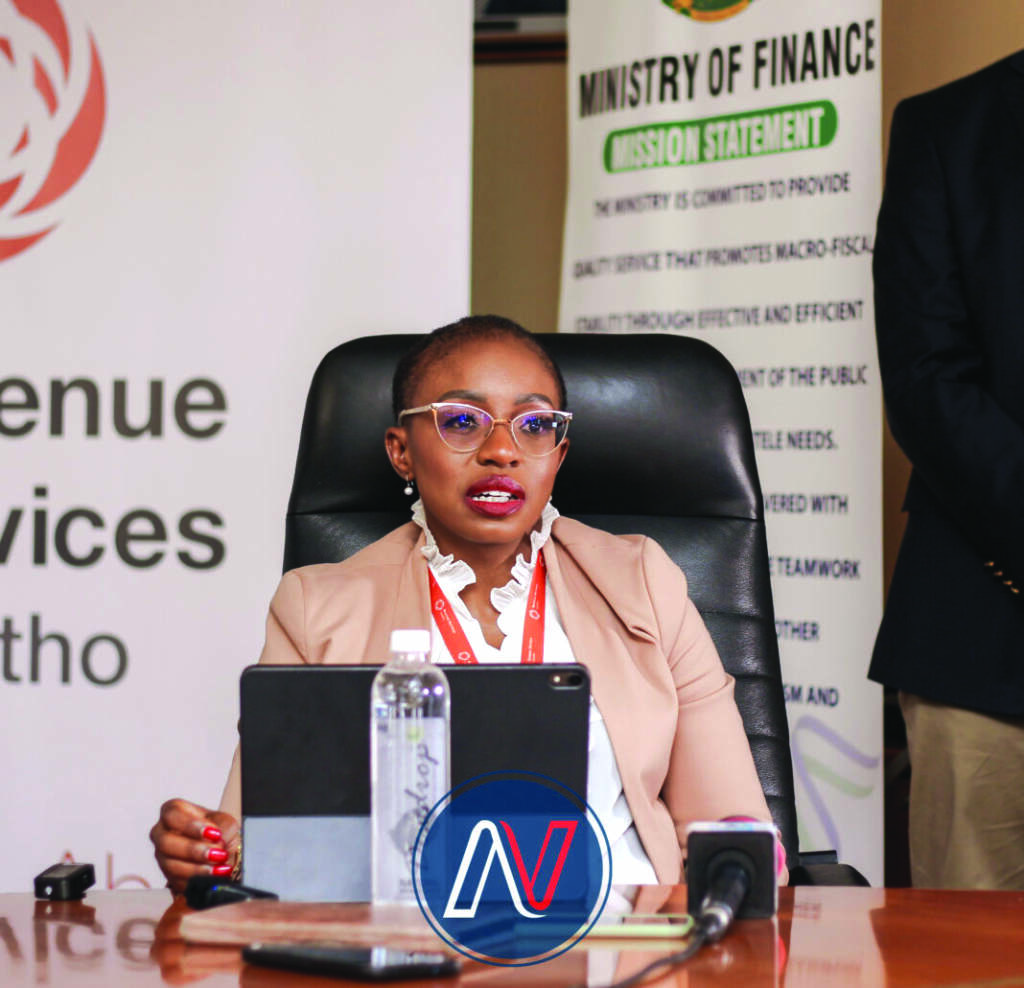Theko Tlebere
Over the past decade, Lesotho has experienced a notable decline in voter turnout, with the participation rate in the 2022 elections plummeting to just 37.44 percent. This sharp drop from previous years signals a troubling disengagement from formal electoral processes and raises concerns about the health of democracy in the country. My interest in this topic was piqued by an invitation from the Africa Students for Liberty (ASFL) Lesotho chapter to participate in a Zoom discussion as a panelist. Initially hesitant, I soon recognised the importance of investigating viable solutions to the issues contributing to voter apathy. As a nation that depends on democratic elections to reflect the will of its people, it is crucial to explore ways to streamline voting processes and alleviate the burden of long queues to restore voter confidence and engagement.
The historical trends in voter participation underscore the urgency of addressing this issue. Voter turnout, which peaked at 81.90 percent in 1970, has steadily declined over the decades. By 1998, turnout had dropped to 71.83 percent, and by 2022, it had plummeted to a mere 37.44 percent. This trend is not isolated to Lesotho; it is part of a broader global phenomenon where voter turnout has declined since the early 1990s (Solijonov, 2016, p. 8). Nevertheless, the significant decline in Lesotho necessitates immediate intervention. This article will explore how technology can transform Lesotho’s voting processes by reducing long queues, improving efficiency, and boosting voter participation. By harnessing technology, Lesotho can modernise its electoral system, encouraging more citizens to engage in shaping the country’s future.
Lesotho’s electoral challenges mirror those faced by many African nations. The current voting process is heavily reliant on manual systems that are slow, error-prone, and lead to long wait times at polling stations. According to data from the Independent Electoral Commission (IEC), the number of registered voters in Lesotho has increased steadily, reaching 1,375,753 in 2022. However, despite this rise in voter registration, actual turnout continues to decline. This discrepancy suggests that although more individuals are eligible to vote, fewer are participating. Key reasons for this trend include inefficiencies in the voting process, prolonged queues, and overall voter dissatisfaction. Addressing these issues is essential for Lesotho to reverse the decline in voter engagement.
In this context, technology encompasses the use of digital and electronic systems aimed at automating, simplifying, and securing various aspects of the voting process. This includes innovations like Electronic Voting Machines (EVMs), biometric identification systems, and online voting platforms. Streamlining the voting process involves leveraging technology to make voting more efficient, faster, and less burdensome for both voters and election officials, ultimately aiming to reduce delays and errors associated with manual systems. A notable issue during elections in Lesotho is the long queues at polling stations, often caused by inefficient voter verification methods, manual voting procedures, and slow tallying of results. Addressing these inefficiencies is essential for creating a smoother and quicker voting experience for everyone.
This article discusses three technological solutions to the voting challenges in Lesotho:
1. Electronic Voting Machines (EVMs): EVMs can streamline the voting process by allowing for faster, more accurate vote counting and minimizing human error. In countries like India, these machines have successfully reduced both the time it takes to cast a vote and the time required to tally results. Implementing EVMs in Lesotho could provide similar advantages, including shorter wait times at polling stations and quicker result dissemination. However, challenges such as the cost of acquiring and maintaining these machines, along with concerns about security and tampering, must be carefully addressed.
2. Biometric Identification: Biometric systems can significantly decrease fraud and errors by accurately confirming each voter’s identity. Technologies like fingerprint or facial recognition can be employed to validate a voter’s identity before they cast their ballot, thus preventing double voting and impersonation. Implementing biometric identification in Lesotho would enhance the integrity of the voter roll, ensuring that only eligible voters can participate. Nevertheless, this technology demands substantial investment in infrastructure, and privacy concerns must be addressed to avoid eroding public trust.
3. Online and Mobile Voting: Online and mobile voting platforms are gaining popularity in various parts of the world. These systems allow voters to cast their ballots remotely, which reduces the number of people physically present at polling stations, thereby shortening queues. Online voting is particularly appealing to younger, tech-savvy voters who may find traditional voting methods cumbersome. However, in a country like Lesotho, where internet access and digital literacy are still developing, implementing such systems would require significant investment in infrastructure and cybersecurity measures to prevent hacking and fraud. Nonetheless, the potential benefits in terms of increased accessibility and convenience are undeniable.
While the benefits of technology are evident, several challenges must be overcome to ensure successful implementation. A primary concern is the lack of reliable infrastructure to support advanced voting technologies. The government of Lesotho must invest in establishing a robust technological backbone, particularly in rural areas where access to electricity and the internet is limited. Additionally, cybersecurity risks such as hacking and data breaches pose significant threats to the integrity of online voting systems. Strengthening cybersecurity laws and investing in security measures will be crucial for protecting voter data.
Training election officials to use these new technologies is another critical factor. Without proper training, even the most advanced systems may fail to deliver their intended benefits. Ensuring that election workers are well-prepared to operate Electronic Voting Machines (EVMs), biometric scanners, and online voting platforms is essential for a smooth voting process.
In conclusion, technology offers a powerful solution to many challenges facing Lesotho’s electoral system. By adopting innovations such as EVMs, biometric identification, and online voting platforms, the country can enhance accessibility, efficiency, and transparency in voting. These changes will help reduce long queues, increase voter turnout, and restore confidence in the democratic process. However, to successfully implement these technologies, Lesotho must invest in infrastructure, address security concerns, and ensure that both voters and election officials receive adequate training. By doing so, the nation can look forward to a future where elections are not only more efficient but also more inclusive and participatory.The future is NOW!
Summary
- Theko TlebereOver the past decade, Lesotho has experienced a notable decline in voter turnout, with the participation rate in the 2022 elections plummeting to just 37.
- My interest in this topic was piqued by an invitation from the Africa Students for Liberty (ASFL) Lesotho chapter to participate in a Zoom discussion as a panelist.
- As a nation that depends on democratic elections to reflect the will of its people, it is crucial to explore ways to streamline voting processes and alleviate the burden of long queues to restore voter confidence and engagement.

Your Trusted Source for News and Insights in Lesotho!
At Newsday Media, we are passionate about delivering accurate, timely, and engaging news and multimedia content to our diverse audience. Founded with the vision of revolutionizing the media landscape in Lesotho, we have grown into a leading hybrid media company that blends traditional journalism with innovative digital platforms.








